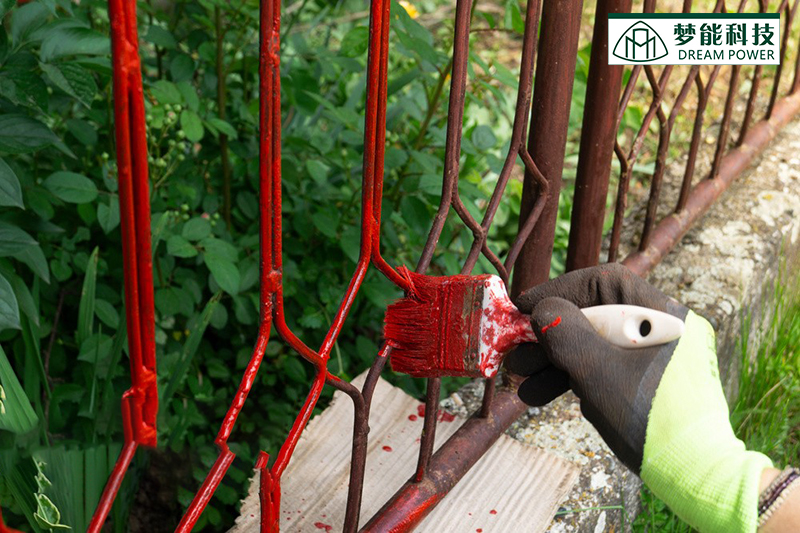Why Does Coating Frost?
1. What is Frosting:
Frosting refers to the phenomenon where the paint film surface appears with many smoke-like fine particles, also known as fogging. It manifests as a layer of foggy fine particles on the entire or partial paint film 1-2 days or several weeks after the film is formed. This commonly occurs during varnish applications.

2. Causes:
- 1. The type and amount of driers have a significant effect on frosting. The addition of zirconium-based driers to short-oil varnish, alkyd varnish, and pure phenolic-tung oil varnish can easily cause frosting.
- 2. In two-component coatings, excessive curing agent addition can lead to frosting. For example, fatty amine-cured epoxy resins, especially epoxy asphalt coatings, are particularly sensitive.
- 3. When solvents evaporate too quickly and the humidity is high, the paint film can absorb moisture, causing frosting.
- 4. The migration of oils, waxes, or plasticizers from the coating to the film surface can also result from the migration of uncrosslinked low-molecular-weight resin components to the surface.
- 5. During construction, the presence of smoke, oil fumes, chemical gases, dust, and moisture can affect the paint film. Moisture is the main cause of frosting. Water-resistant coatings can accumulate moisture absorbed from the atmosphere on the surface, leading to fogging. The stronger the water resistance of the varnish, the greater the tendency for fogging.
- 6. Large temperature fluctuations during construction or inadequate air circulation during indoor painting can contribute to frosting.
3. How to Prevent Frosting:
- 1. Avoid using driers that can easily cause frosting, and ensure the correct ratio of lead, calcium, and cobalt driers. Typically, a mixture of lead: calcium: cobalt at 10:5:1 is used, or other new rare earth-based driers are recommended.
- 2. Reduce the amount of curing agent and ensure proper mixing with sufficient activation time. For drying paints, first air dry for 15 minutes before entering the drying oven with gradual heating. Avoid excessive placement of coated objects and ensure proper ventilation.
- 3. Use diluents with slower evaporation rates, such as high-boiling aromatic solvents or esters.
- 4. Remove or reduce components in the paint formulation that may cause frosting migration.
- 5. Avoid construction in environments with smoke, oil fumes, chemical gases, dust, and high humidity. After construction, ensure that the paint film is protected from moisture, smoke, and gas.
- 6. During indoor painting, ensure proper air circulation, avoid excessive temperature changes, and ensure gradual heating for drying paints.
- 7. For problematic paint films, sand, dust, and recoat the surface.
4. Mengneng Technology
Mengneng Technology is a science and technology company specializing in the sales, solution design, and coating construction of coatings. Mengneng specializes in heavy corrosion protection fields, including EMI industry, industrial equipment manufacturing, bridge steel structures, petroleum and petrochemical industries, special gases, thermal power, wind power, and hydropower energy sectors. Mengneng provides comprehensive services to customers, including recommending appropriate paint solutions during the design phase, providing high-quality products and construction services, and offering excellent on-site technical guidance and after-sales services.